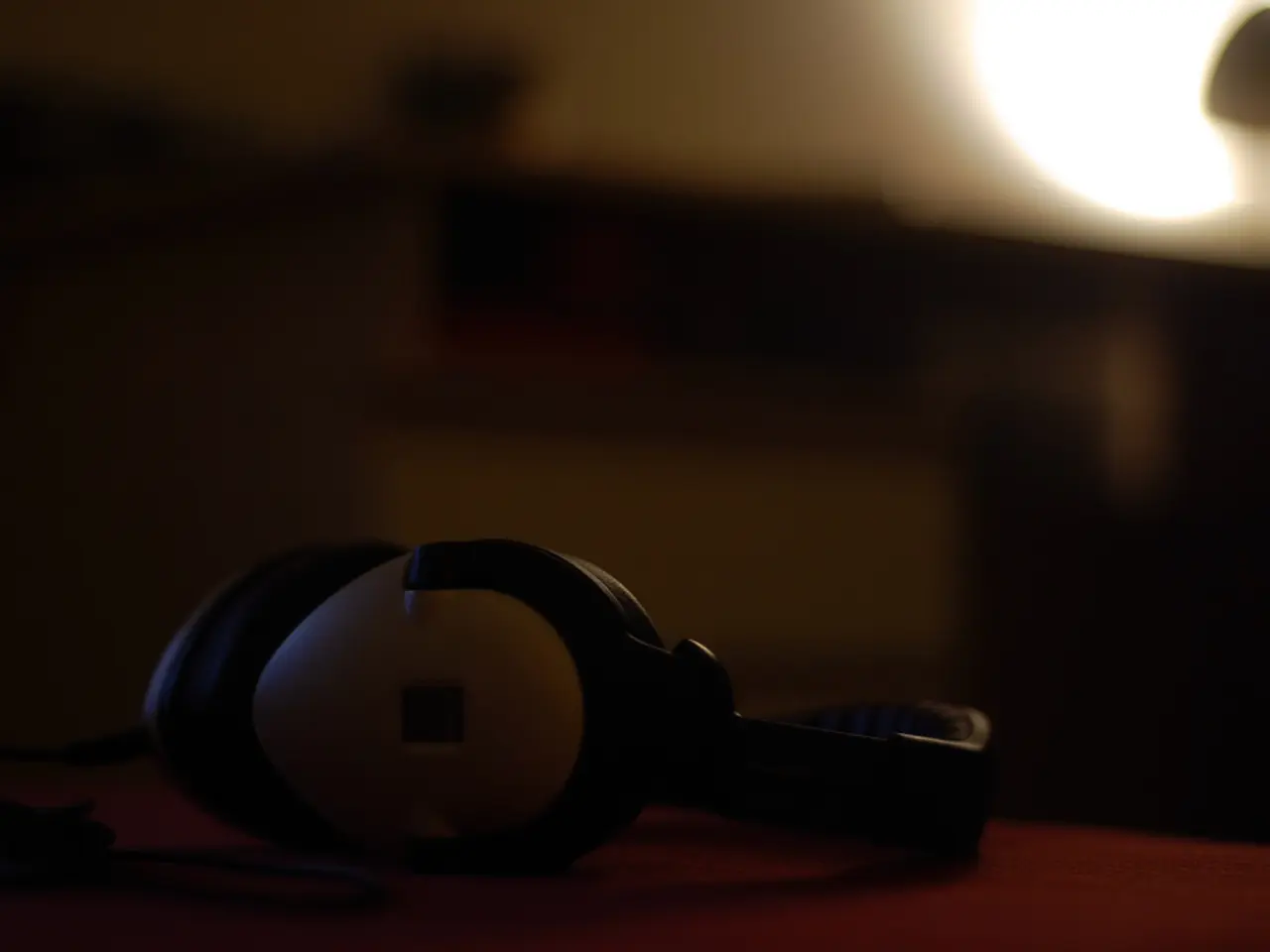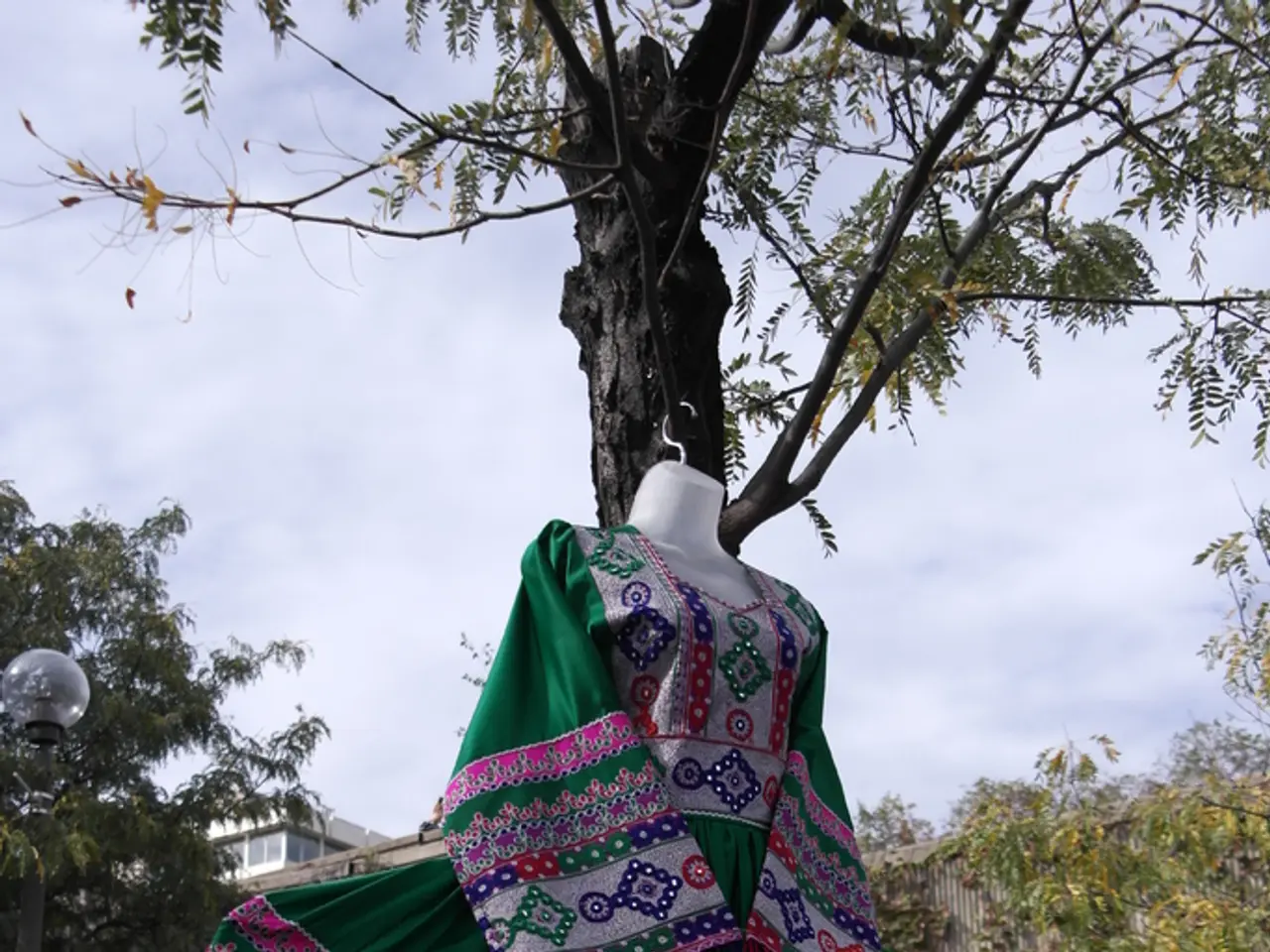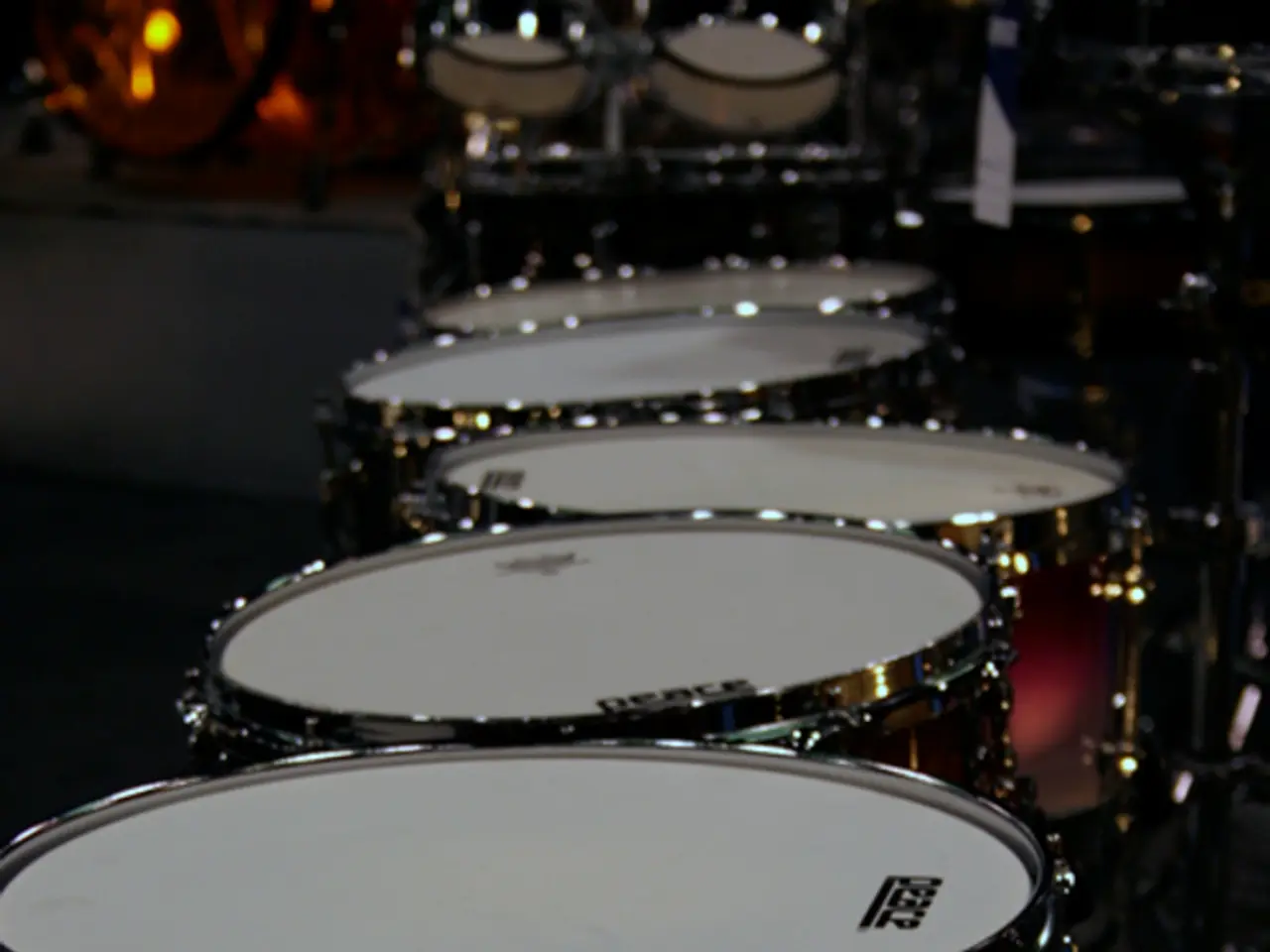Is it Safe for Children to Use Standard Headphones? Exploring Safety Measures, Ear Health, and Recommended Usage Guidelines
In the digital age, headphones have become an essential tool for both entertainment and education. However, regular headphones often lack built-in volume limiting technology, exposing children to harmful volume levels that could lead to noise-induced hearing loss. To ensure the safety and comfort of young users, it is crucial to consider key features when selecting headphones for kids.
First and foremost, headphones with built-in volume limiters are essential to protect young ears from loud sounds. These limiters typically cap the volume around 80-90dB, preventing hearing damage from prolonged exposure to loud volumes. For instance, ZIUMIER Kids Headphones offer dual limiter settings at 80dB (for younger kids) and 90dB (for older children), ensuring safe listening levels.
Comfort and fit are also vital considerations. Look for lightweight headphones with soft, padded ear cushions and adjustable headbands to fit a range of head sizes comfortably for hours. These features help prevent discomfort or skin irritation and accommodate various ages, from toddlers to teenagers.
Durability is another essential factor, as children's headphones are likely to be used frequently and may undergo rough handling. Select headphones made from strong, flexible materials to withstand this wear and tear. Features like braided cables reduce tangling and increase longevity.
It is advisable to choose headphones specifically designed for children, which typically include volume-limiting features. Products like the Alpine Muffy earmuffs cater to children aged 5-16 and are certified for safety (ANSI and CE), providing reliable noise attenuation without causing discomfort.
Additional helpful features include wireless options, audio sharing ports, and built-in microphones. These can be useful for virtual learning or calls, but they may add to cost and battery management.
For babies and sensitive children, baby ear defenders made from hypoallergenic, non-toxic materials with proper noise reduction ratings (NRR) can prevent fussiness and protect sensitive ears. However, these should not be worn for extended periods, and constant supervision is recommended.
By prioritizing these features, parents can choose headphones that not only protect children's hearing but also maximize comfort and usability for active use. Parents should also monitor listening time and volume regularly to maintain safe listening habits.
Involving children in the decision-making process, such as letting them choose their headphones (within safe parameters), can help them feel more responsible about their usage. Over-ear headphones generally provide better noise isolation and are less likely to cause hearing damage compared to in-ear models.
If parents notice any signs of hearing loss in their child, such as difficulty hearing conversations, frequently asking others to repeat themselves, or turning up the volume excessively, it's important to consult a healthcare professional. Children's hearing is still developing, making them more susceptible to hearing damage from loud sounds.
Several brands cater specifically to children, offering products that blend safety and functionality. Examples include LilGadget and Puro Sound Labs. By making informed choices and fostering discussions about noise and hearing health, parents can help their children enjoy music and media while taking care of their ears.
Sound quality should be balanced with health and safety, especially when selecting headphones for children. For example, headphones that incorporate science, such as built-in volume limiters, can prevent future health issues associated with noise-induced hearing loss.
In the realm of health-and-wellness and technology, advanced features like wireless options, audio sharing ports, and built-in microphones can enhance a child's educational and entertainment experiences, but should be used wisely to prevent prolonged exposure to loud volumes.




